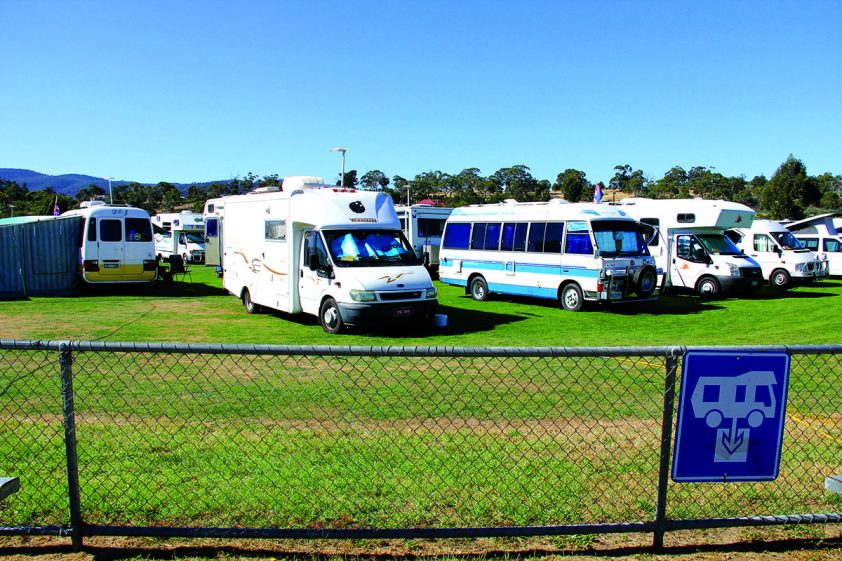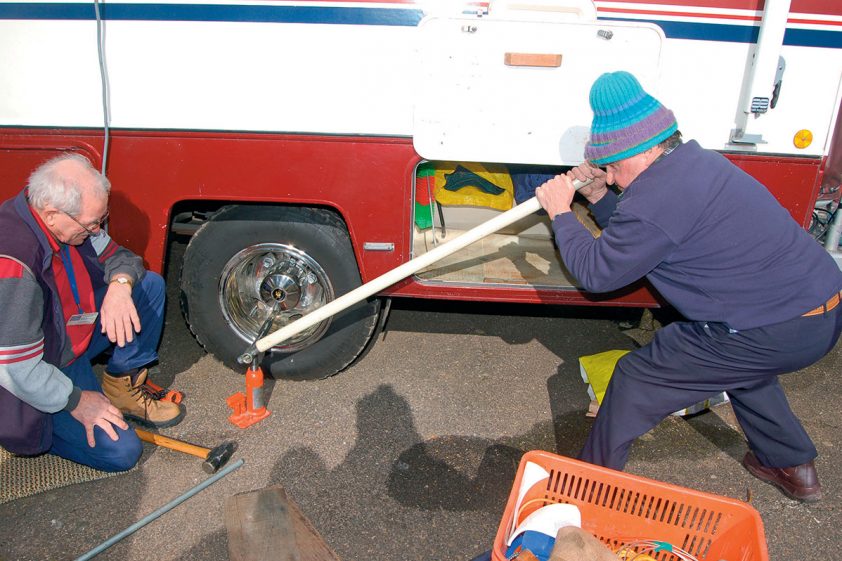Sudden gusts of wind might arise at any time during caravan travel, but more so when you are being overtaken by large vehicles. This buffeting of wind or displacement of air pressure can cause the caravan to sway precariously. In the worst-case scenario your caravan can lose balance altogether, taking your car with it.
Let’s have a look at what occurs when you’re struck by wind, how to deal with it when it happens, and what you can do to make your caravan travel as safe as possible.
Gust, yaw, roll
When a wind gust causes the moving caravan to sway (technically known as ‘yaw’), that yawing force is usually counteracted by the tow vehicle’s inertia, plus the grip of the van’s own tyres on the road.
Quite often during caravan travel, you will experience nothing more than one or two lurches in your van. In some cases, especially when adding other factors such as slippery roads, it increases the chance that the caravan can overcorrect, thus yawing in the opposite direction. This leads to amplified swaying which, if not corrected, could possibly cause the van to roll.
How to deal with it when it happens
It might not always be possible, but the best way to react when the caravan starts to sway or snake is to drive slowly and stay in control.
- Remain calm.
- Avoid applying the brakes of the tow vehicle. If your caravan is fitted with an electric brake system, use the manual control in the towing vehicle to slow it down, or if fitted let AL-KO ESC [www.alkoesc.com.au] do this for you.
- Avoid trying to steer out of the sway.
- Maintain a constant speed until the swaying stops and the caravan straightens out again.
- After it has stabilised, pull over and check that the load in the caravan has not shifted.
Avoidance measures
These days most caravans either come with, or can be fitted with, stabilisers and anti-snaking devices – making caravan travel much safer.
Sway control coupling is specifically designed to reduce trailer sway by clamping down on the sides of the tow ball, slowing down any tendency for the trailer to sway or veer.
A good electronic stability control system will monitor for critical driving situations – such as a build-up of swings, or one large, sudden lateral movement. When needed, it activates and applies the caravan brakes immediately without driver intervention, preventing any further oscillation.
Apart from technical changes to make your caravan less susceptible to gusting winds, you can adopt precautionary habits such as:
Wind rarely blows steadily and sudden gusts can catch you out no matter how experienced a driver you are. But you can lessen the potential for disaster by ensuring you have the best sway control devices or stabilisers, and being aware of the conditions you are driving in at all times.
Want more technical detail on what you can do to keep your caravan upright and stable? Take a look at our tips to avoid the dangers of caravan instability.





